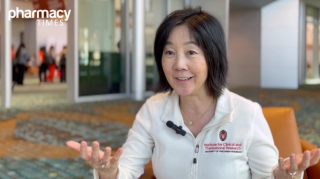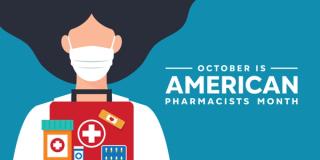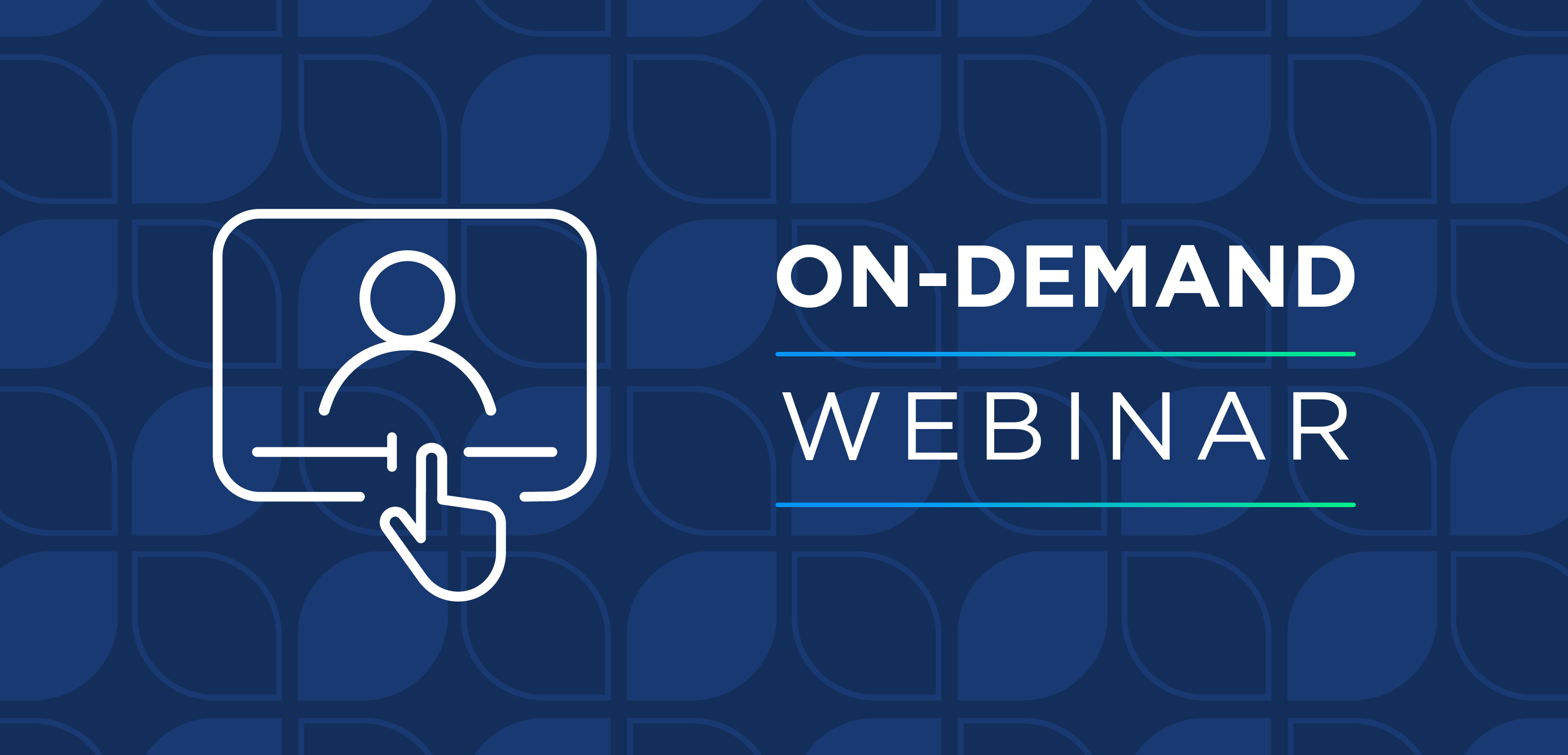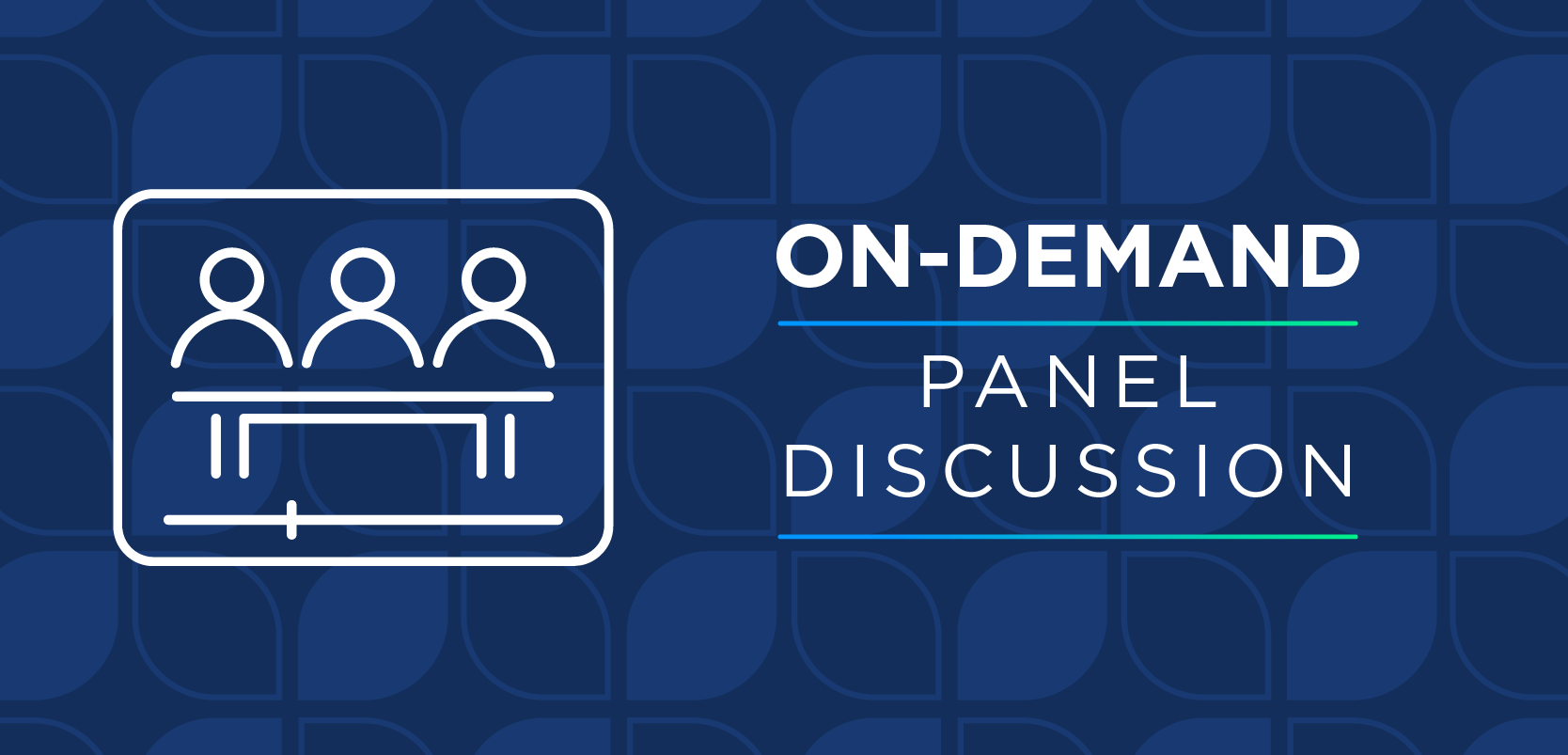
Pharmacy Management
Latest News
Latest Videos

CME Content
More News

Advocacy fosters professional development, creates better working conditions, and enhances patient care.

Pharmacy staff can be instrumental members of shortage management teams.


Experts emphasized the importance of addressing regulatory and payer-side challenges to fully leverage AI's potential in pharmacy settings.

Digital pharmacy solutions are revolutionizing patient care.
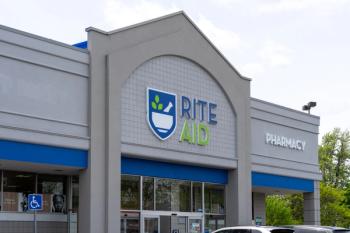
An insider expressed skepticism about the company’s future, indicating that Rite Aid may be looking to close up shop entirely.

Experts share operational challenges and patient care implications of the Inflation Reduction Act's (IRA) drug pricing reforms.

By implementing work practices alongside administrative and engineering controls, a safe and healthy work environment can be achieved.

Pharmacy technicians have a pivotal opportunity to advance professionally by proactively demonstrating leadership, offering solutions, and clearly communicating their value to health care leaders.
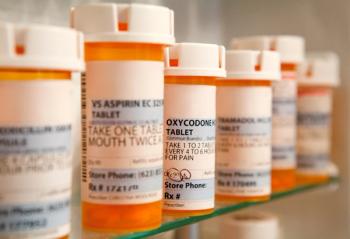
Expert provides a comprehensive overview of drug diversion prevention in pharmacy settings.

Collecting, analyzing, and interpreting data are pharmacist skills.

M3P will be a financial lifeline for seniors while lowering certain pharmacy costs, but more education and tools are needed to make it successful with pharmacies and their customers.

How PBMs Are Reshaping Access, Affordability, and Outcomes in Modern Health Care

Will traditional PBMs adapt, or will disruptors take over?

Although PBMs claim integration reduces costs and improves efficiency, the reality is more complicated—and often leaves patients footing the bill.

Educating patients about the nutrition facts label and integrating food pharmacies are examples of pharmacist opportunities.

A new free resource provides clear insights on contracted rates, enabling pharmacies to fill the community care gap.

Unlike other professionals such as nurses and physicians, pharmacists remain tethered to a fragmented state-by-state licensure model that creates unnecessary barriers to care.
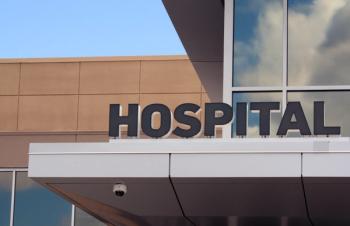
Small and/or rural hospitals present a great opportunity for self-development and actualization.

Learning to strengthen and harness these skills is crucial to making the successful career transition from retail to a hospital pharmacy.


QPL use in the pharmacy setting may enhance patient engagement while allowing pharmacists to showcase their medication-related expertise.

All stakeholders should work together to determine and address drug shortages.

Gold bagging integrates health system-owned specialty pharmacies with clinical workflows to enhance safety, efficiency, outcomes, and patient experience.
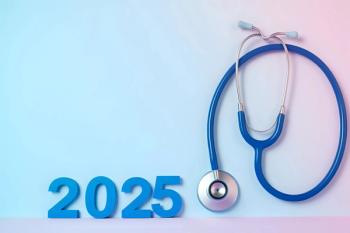
The US health care market faces transformative changes in 2025, as biosimilars, GLP-1s, and new pharmacy economics reshape how benefit managers balance innovation with affordability.






